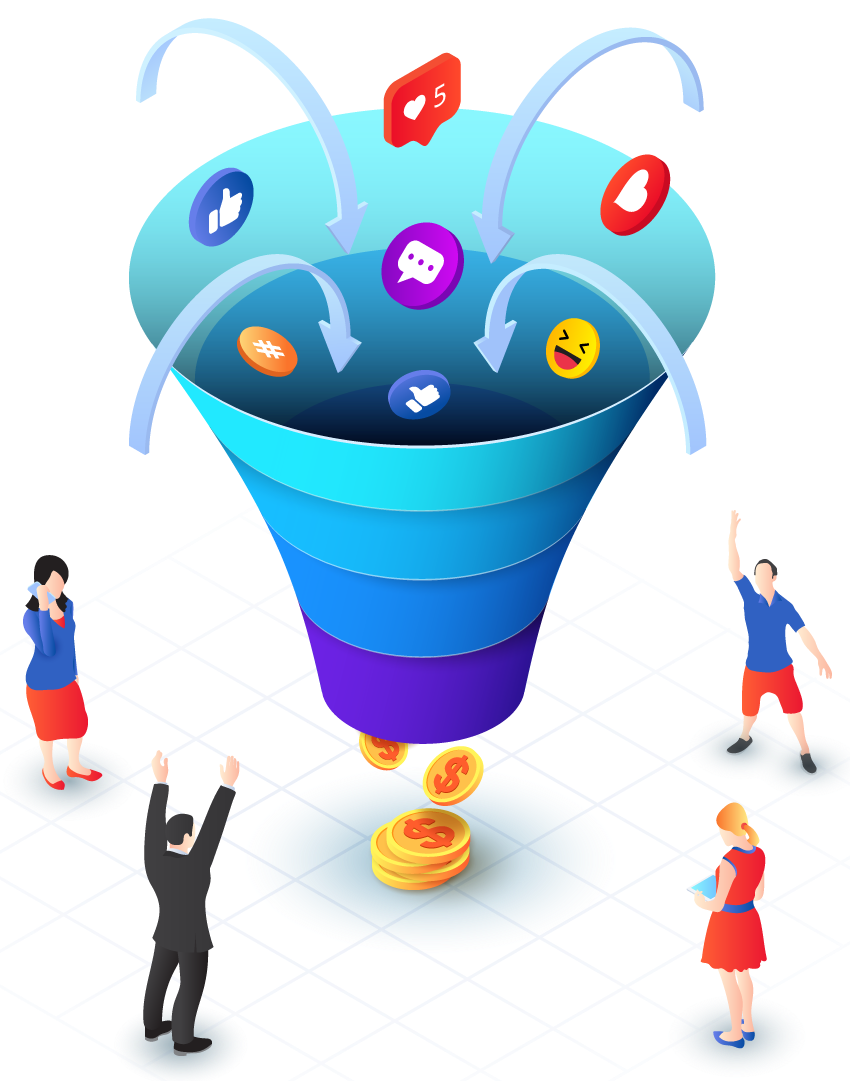Ecommerce Conversion Funnel
Developing an ecommerce conversion funnel can be a great way to optimize your website and increase conversions. It helps you identify customer needs and wants at each step of their journey. You can also use data to find out where your visitors are dropping out of the funnel. The goal of the funnel is to get as many people through it as possible.
It is important to understand that each person's path to purchasing a product is unique. This means that your ecommerce conversion funnel needs to be tailored to fit the needs of the consumer.
The conversion funnel has several stages, including an upper and lower funnel. The upper funnel is a general information stage. Users are most interested in learning about brands and their products. They are less interested in specific details and specifications. The lower funnel is where users start to narrow down their choices and decide on a particular brand or product. They may be avid readers of user reviews or have already signed up for newsletters from a popular brand.
The ecommerce conversion funnel is a visual representation of a buyer's journey. It starts when the customer is aware of a need. They then compare products, make a decision, and complete the purchase. A successful ecommerce conversion funnel should incorporate several elements to make the process easier for the visitor. These include personalised recommendations, contextual copy, and multiple payment options. The mid-funnel is where users weed out products that don't offer value. They might be ready to buy a product, but they're not sure how to do it. They're also likely to be overwhelmed by the number of options.
The ecommerce conversion funnel is also a way for you to track customer behavior. For example, you can send abandoned cart emails to remind customers to make their purchases. In addition, you can implement remarketing campaigns to give shoppers a second chance. In the event that they do not make a purchase, you can follow up with them via social media or an email marketing list. This is a great way to boost retention.
The ecommerce conversion funnel is no doubt a complicated task, but a good way to improve it is to gather data. This is especially important for those who aren't familiar with the ins and outs of marketing. Using behavioral analytics software can help you gain a better understanding of your customers' experiences. It can also help you determine which acquisition channels are most effective.
One of the most effective ways to gather data is to perform an on-site survey. This can help you discover which referral sources are most popular and why. It can also help you fix problems before they arise. You can also use external surveys to gather even more insights. For example, you can perform an ecommerce post-purchase survey on popular sites.
There are many other methods to optimize your ecommerce conversion funnel. For example, you can conduct A/B testing on your homepage and product pages. You can also test different checkout pages, upsell suggestions, and popups. This can be a fun way to discover what works and what doesn't. The more you learn about your audience, the more you can improve your business.

Learn how To build sales funnels
Subscribe To My Email List And Get Updates On Building Effective Sales Funnels That Generate Leads & Sales In Your Business.
My Recent Posts
All-in-One Sales Automation Platform
Check out my recent post on all-in-one sales and marketing tools and what I think of it.
Sales Funnels
Check out my recent post on sales funnels and what I think about them. Are they still worth it?


